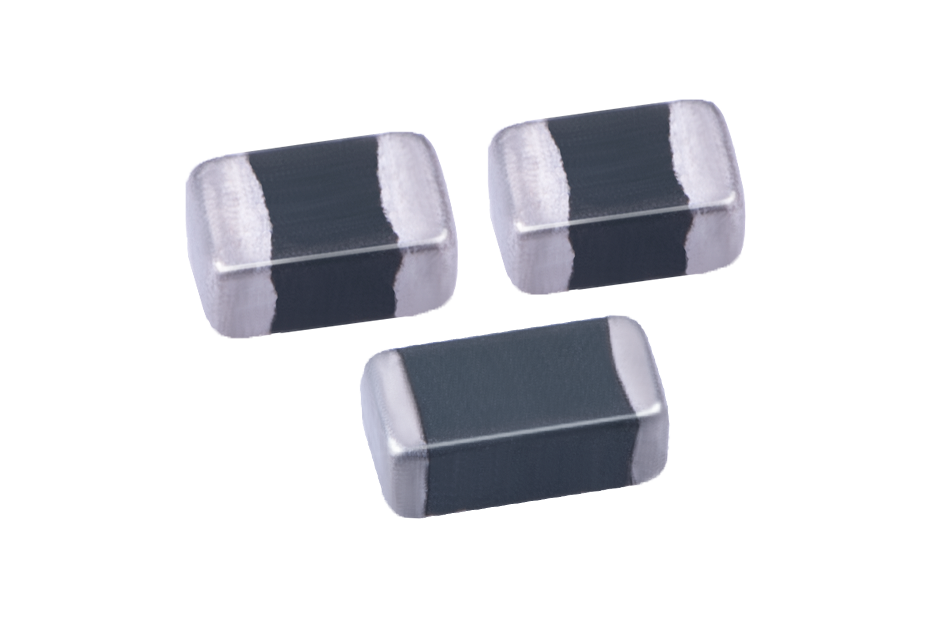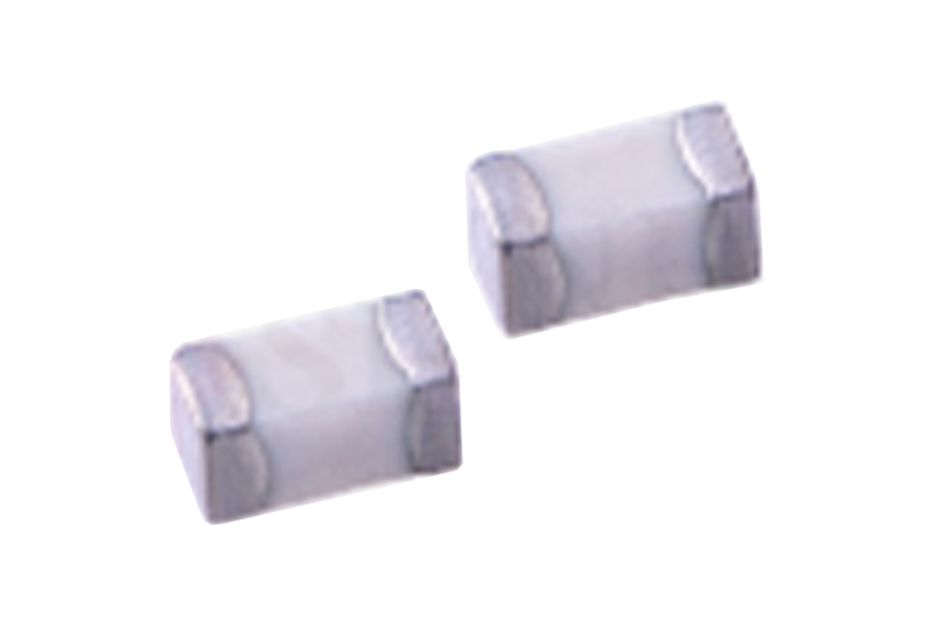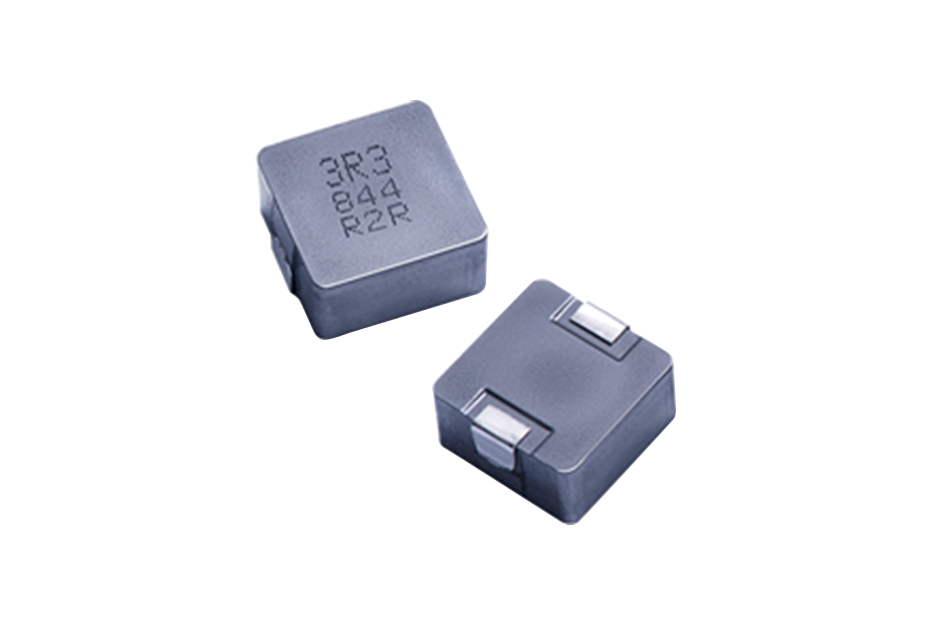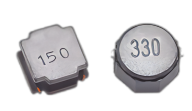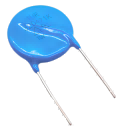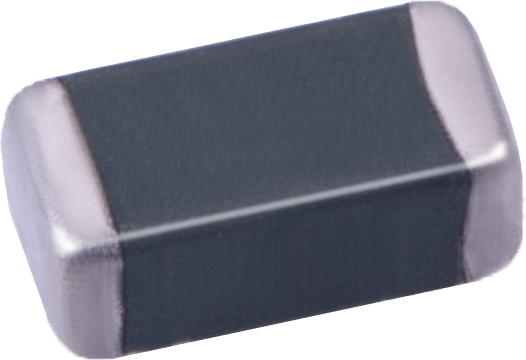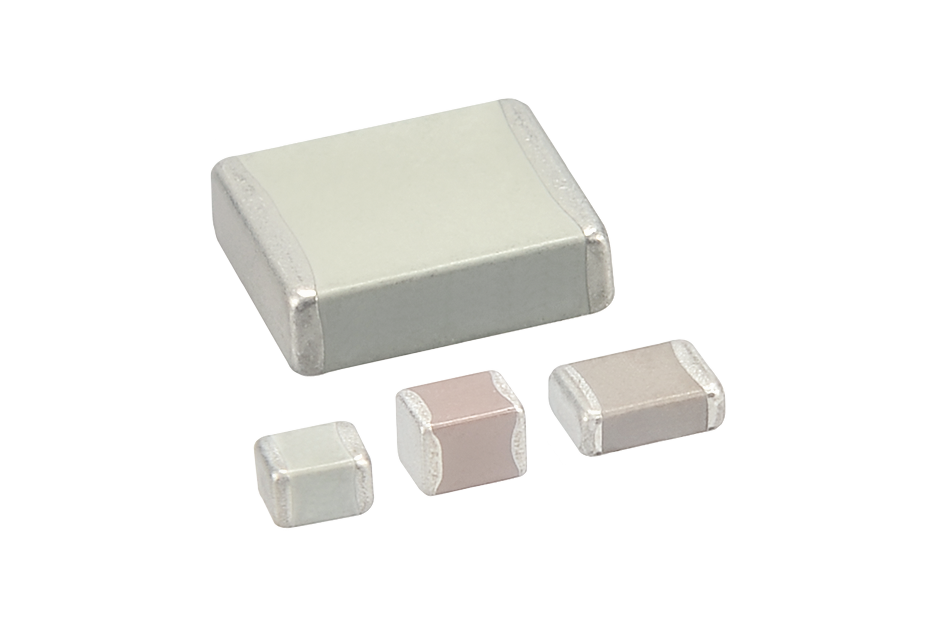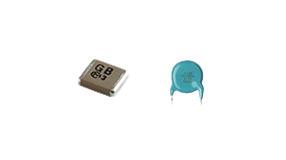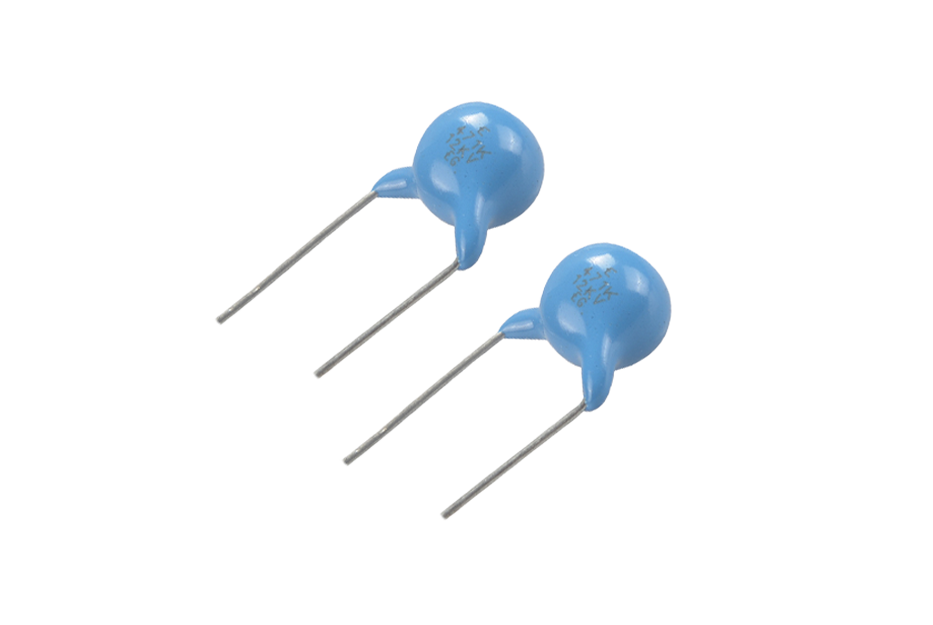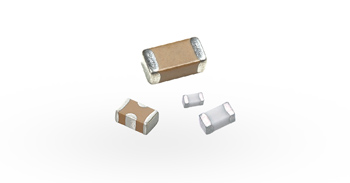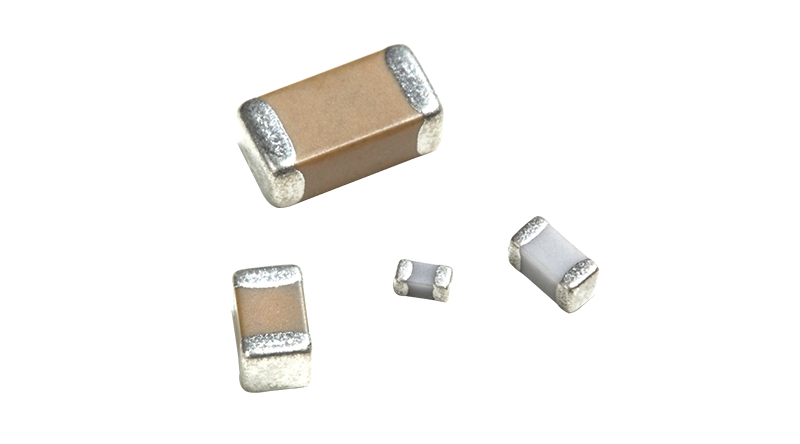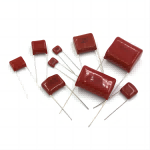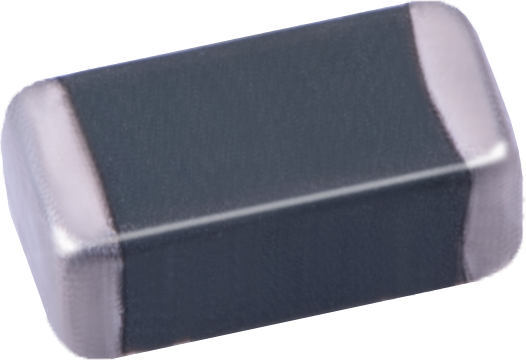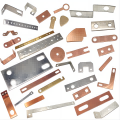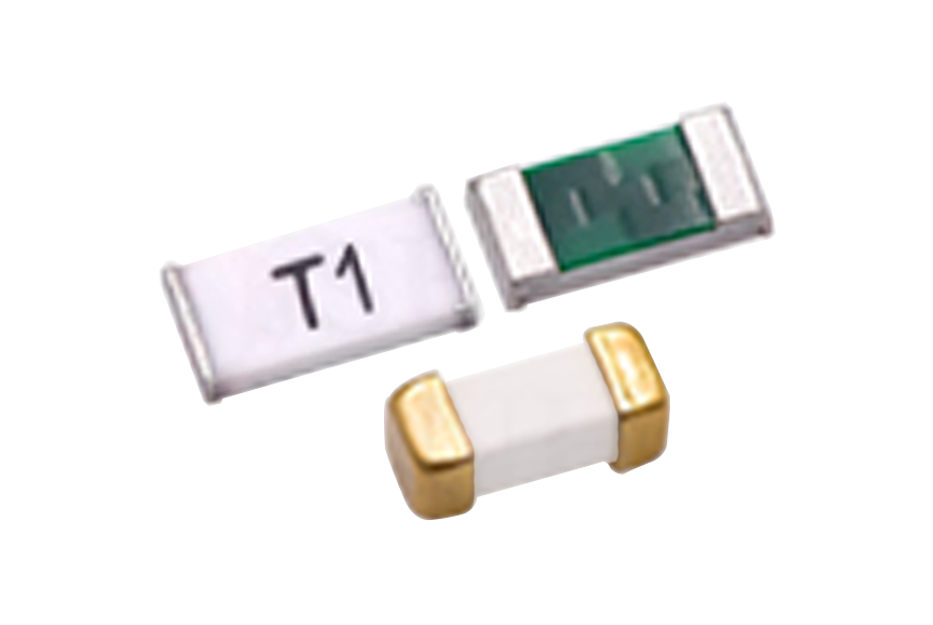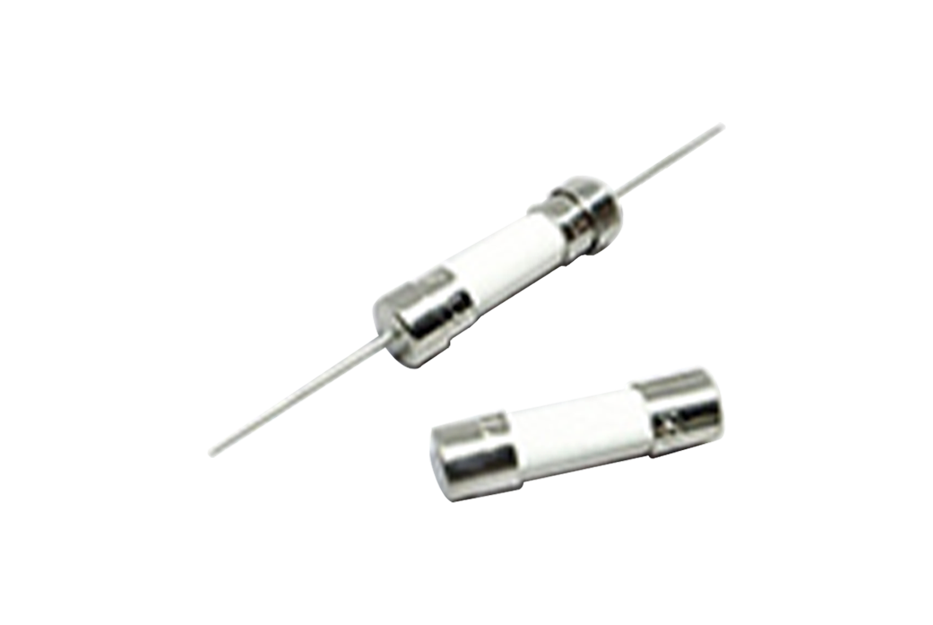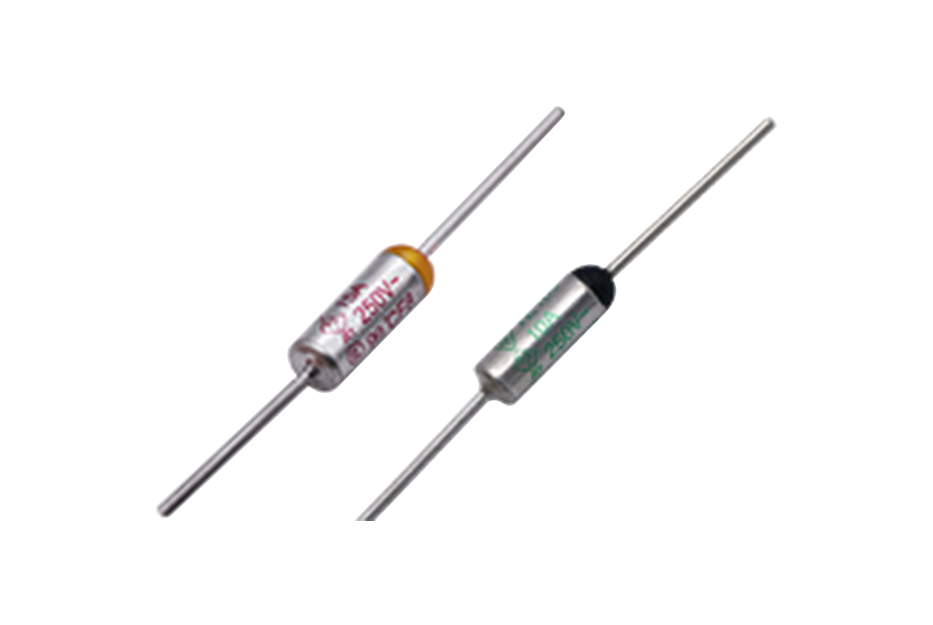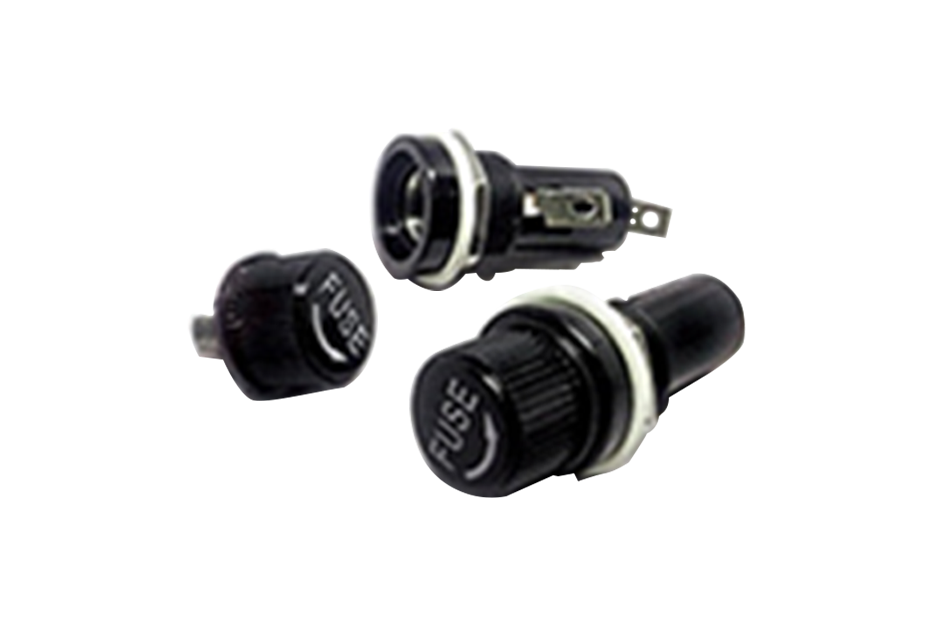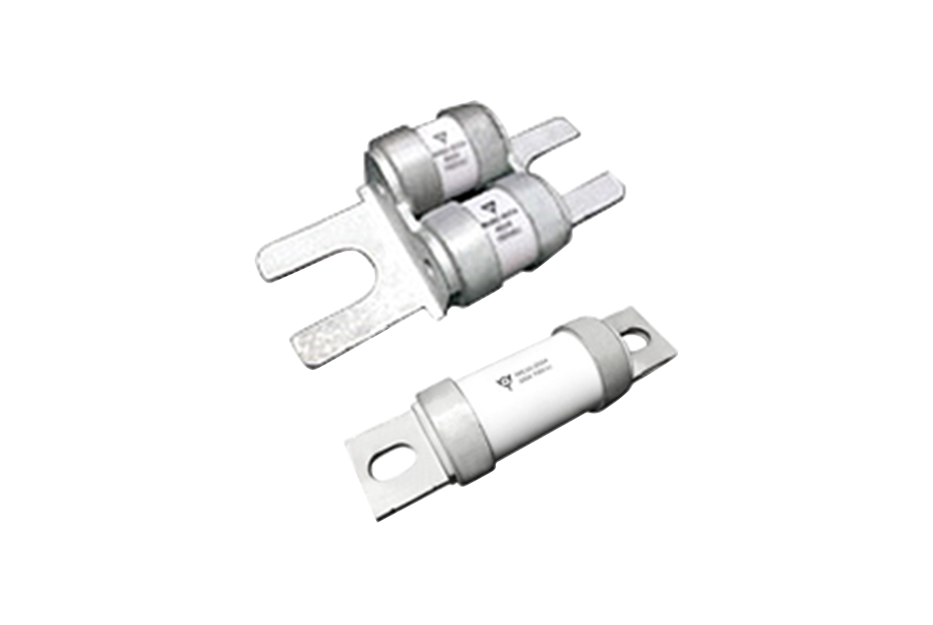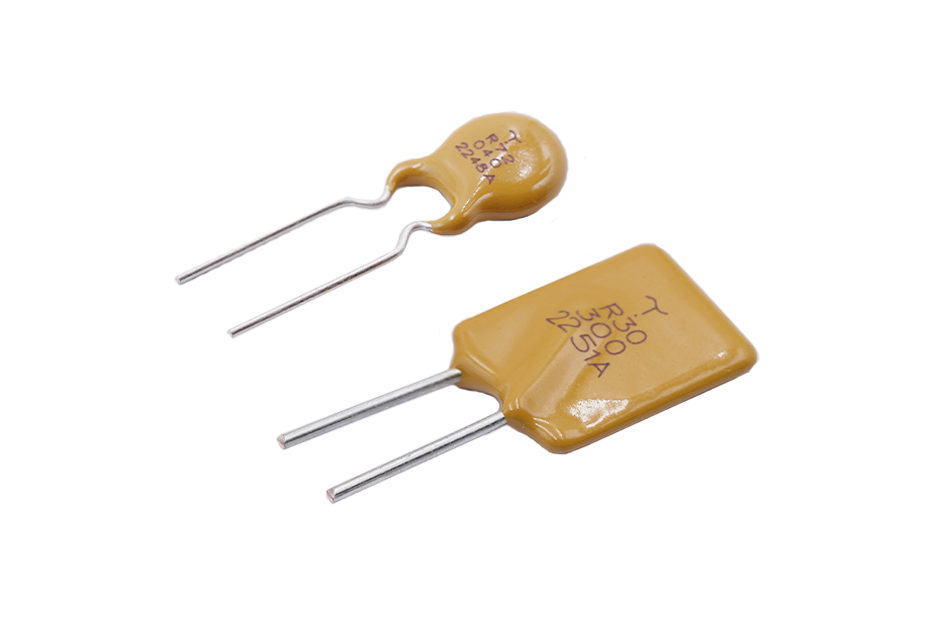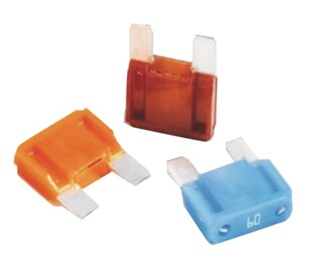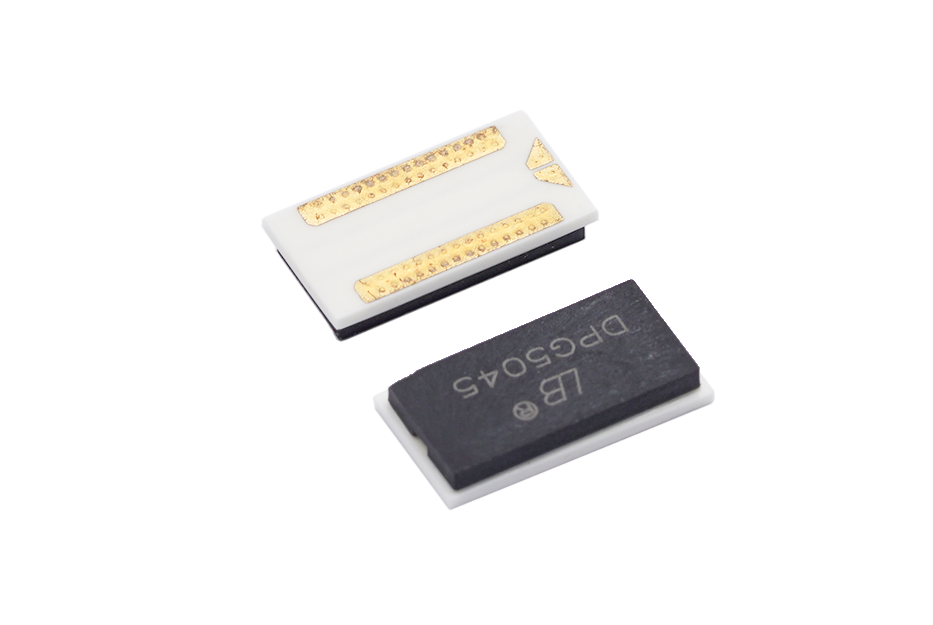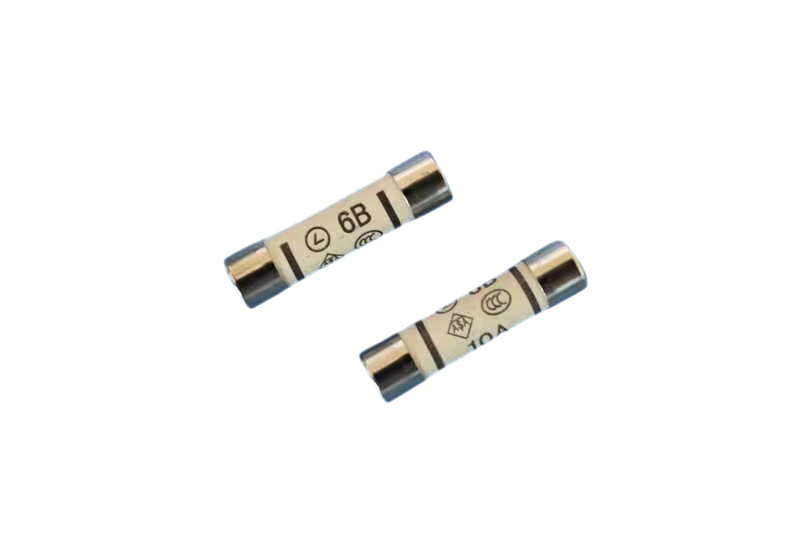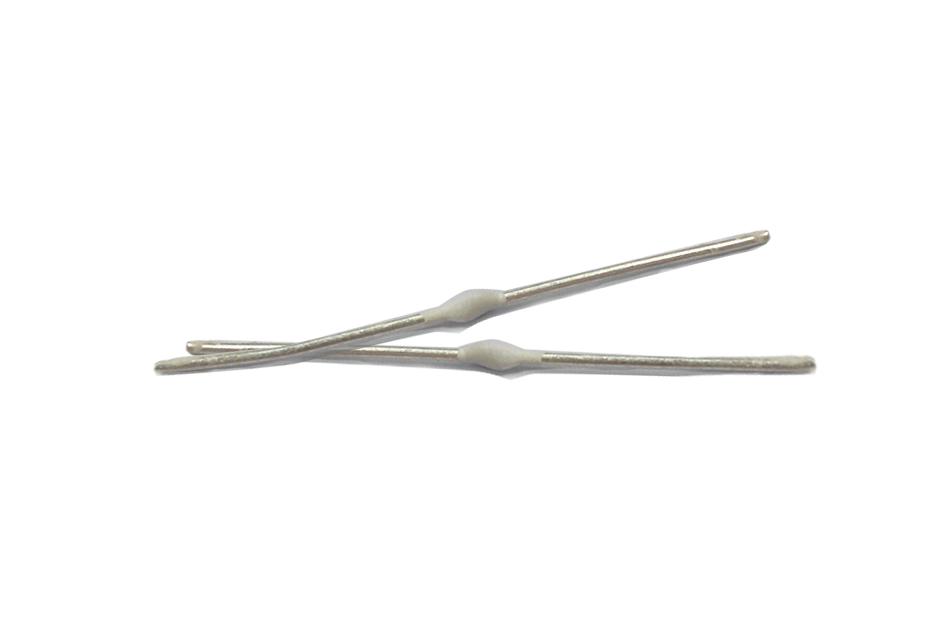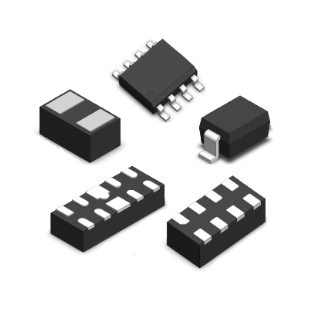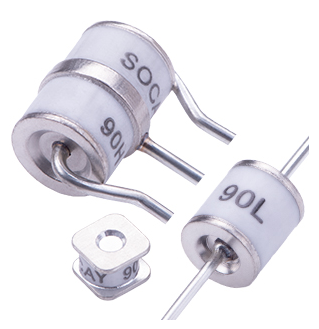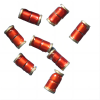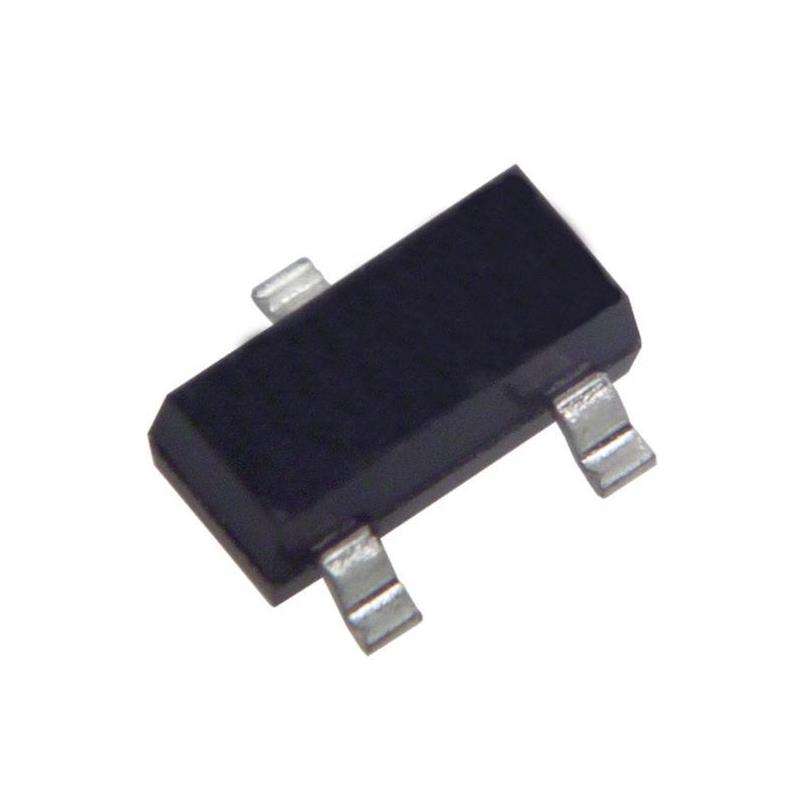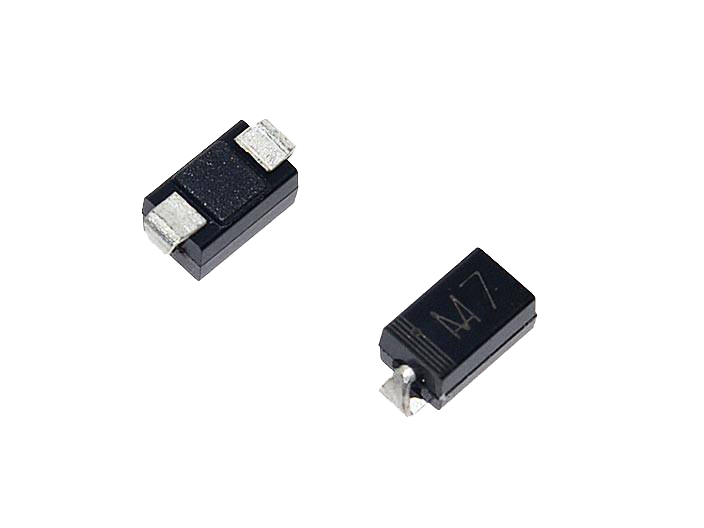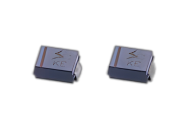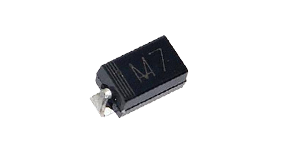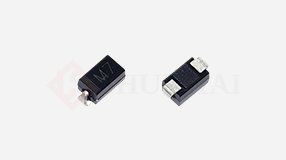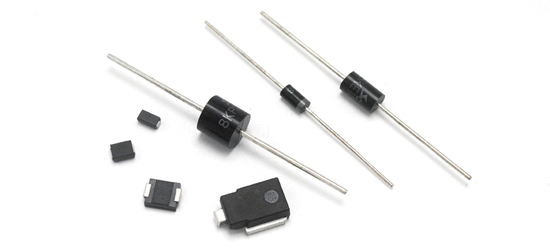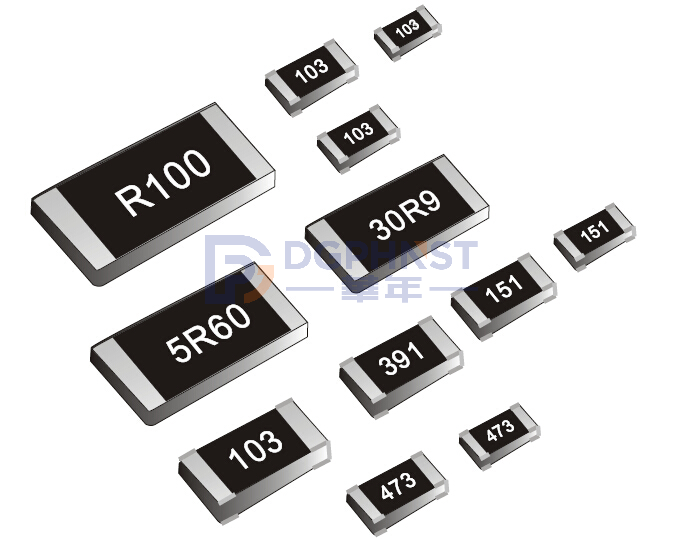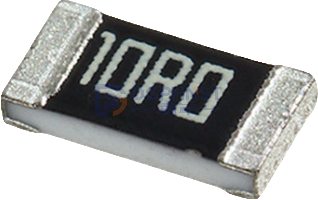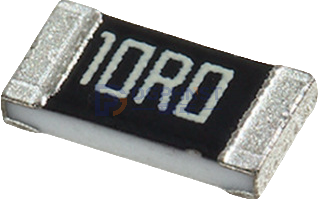Elevated power chip resistors and ordinary resistors are two common types of resistors in electronic components. They have some differences in power tolerance, appearance, structure, and other aspects. This article will analyze from these aspects.
1、 Power bearing capacity
The high-power SMD resistor has a high power bearing capacity and can withstand large current loads. Generally speaking, the power withstand capacity of a high-power SMD resistor can reach several watts or higher.
The power withstand capacity of ordinary resistors is relatively low, usually only able to withstand power of a few milliwatts to a few hundred milliwatts. Suitable for low-power circuits.
2、 Appearance differences
Size: The size of the high-power chip resistor is relatively large, mainly to meet the heat dispersion requirements at high power. However, ordinary resistors have a smaller size and are suitable for use in general circuits.
Shell: The high-power SMD resistor usually uses a metal shell to improve heat dissipation and ensure stability in high-power environments. Ordinary resistors, on the other hand, use shells made of ordinary materials.
3、 Structural differences
Resistance material: Power up chip resistors are usually made of metal sheet materials, which have lower resistance temperature rise and better heat dissipation performance. Ordinary resistors, on the other hand, use ordinary resistive materials such as carbon film resistive materials.
Electrode structure: The electrode structure of high-power SMD resistors is relatively complex, and usually adopts a multi-layer electrode structure to improve power bearing capacity and heat dissipation effect. The electrode structure of ordinary resistors is relatively simple.
4、 Performance differences
Accuracy: Due to differences in structure and materials, the accuracy of power up chip resistors is relatively low, typically between 5% and 10%. The accuracy of ordinary resistors is relatively high, usually reaching 1% or lower.
Temperature coefficient: The temperature coefficient of the power up chip resistor is relatively low, usually below a few hundred ppm/℃. The temperature coefficient of ordinary resistors is relatively high, usually above several thousand ppm/℃.
In summary, there are certain differences between high-power SMD resistors and ordinary resistors in terms of power bearing capacity, appearance, structure, and performance. Elevated power SMD resistors are typically used in applications that require high power tolerance and heat dissipation performance, such as power supplies, motor drives, and other fields. Ordinary resistors are widely used in general electronic devices, such as communication devices, computers, etc. Choosing the appropriate resistor based on actual needs plays a crucial role in the stability and performance of the circuit.
CATEGORY
View All
Resistors
-
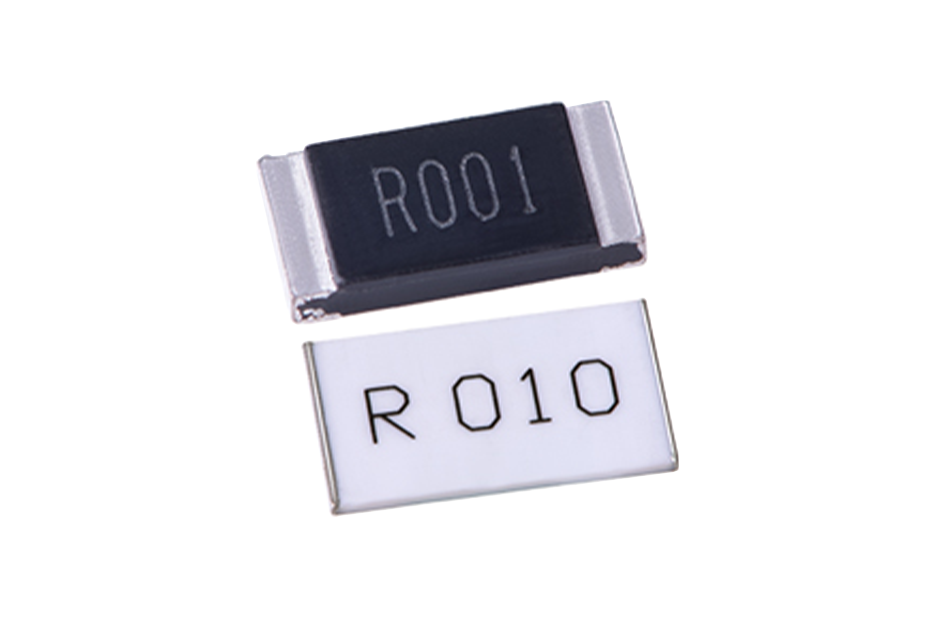 Metal Current Sensing Chip Resistor
Metal Current Sensing Chip Resistor
-
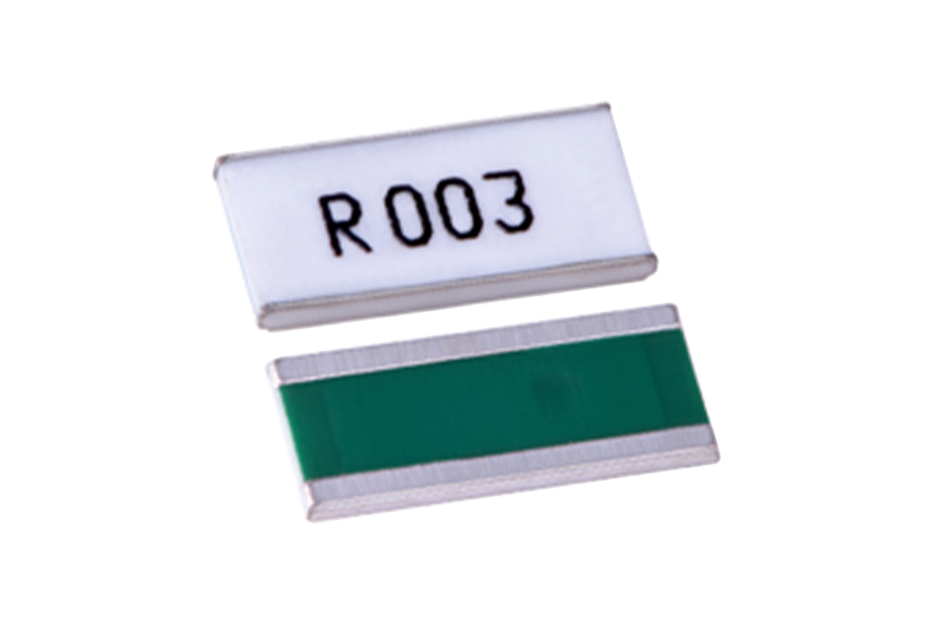 Wide Terminal Current Sensing Resistor
Wide Terminal Current Sensing Resistor
-
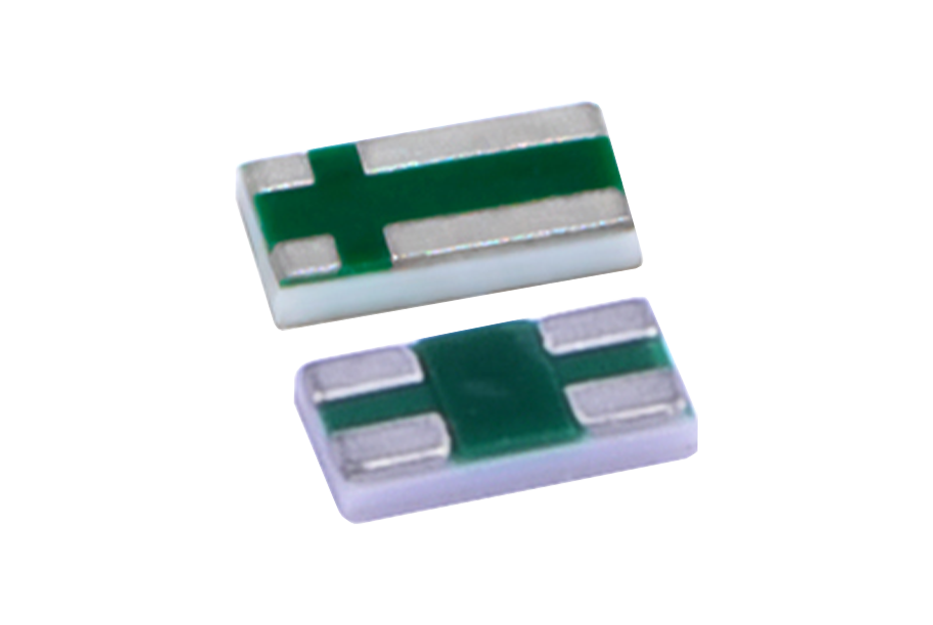 Four Terminal Current Sense Resistor
Four Terminal Current Sense Resistor
-
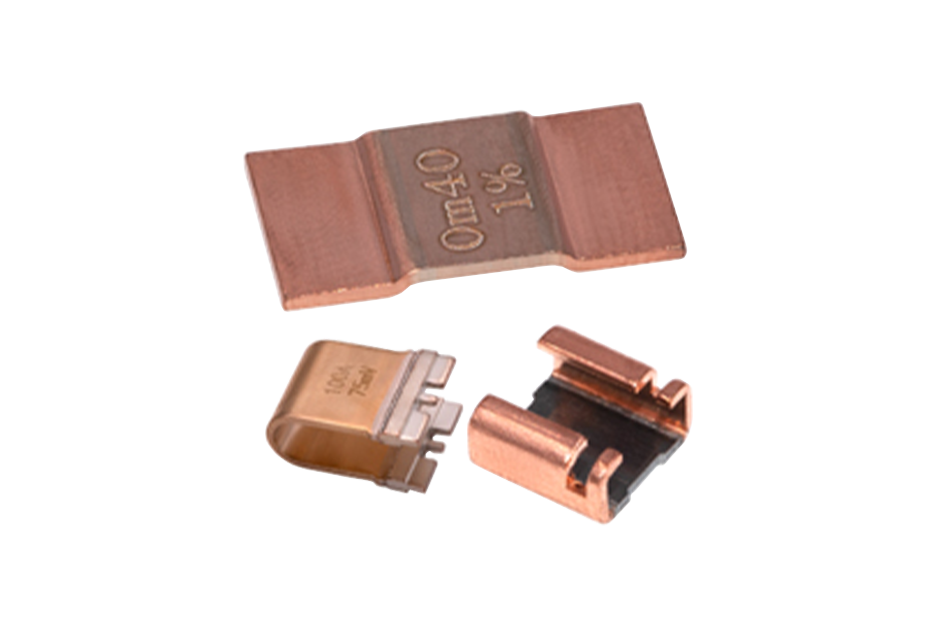 Low-Resistance Shunt Resitor
Low-Resistance Shunt Resitor
-
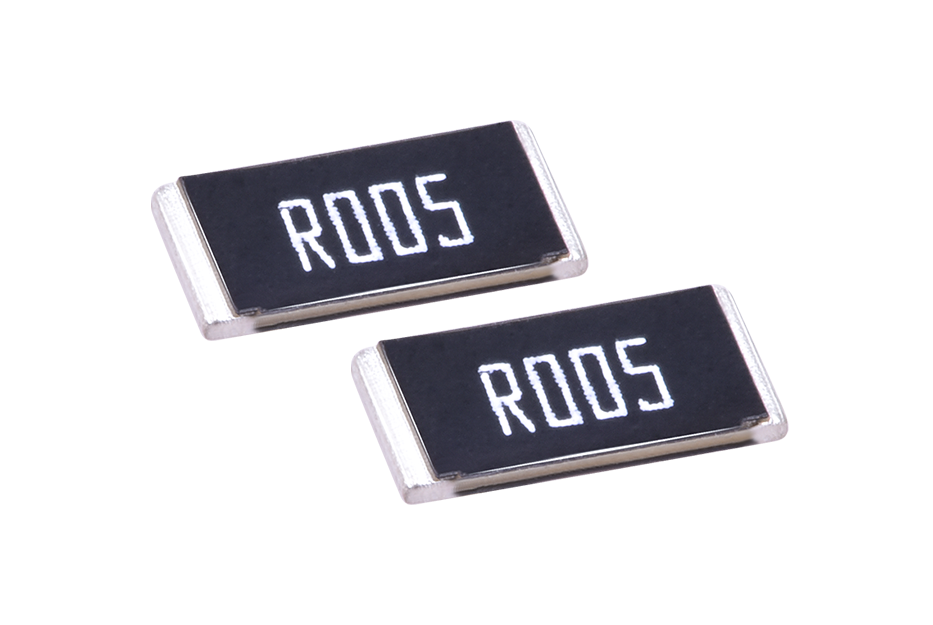 Thick Film Low Resistance Chip Resistor
Thick Film Low Resistance Chip Resistor
-
 Thick Film Chip Resistor
Thick Film Chip Resistor
-
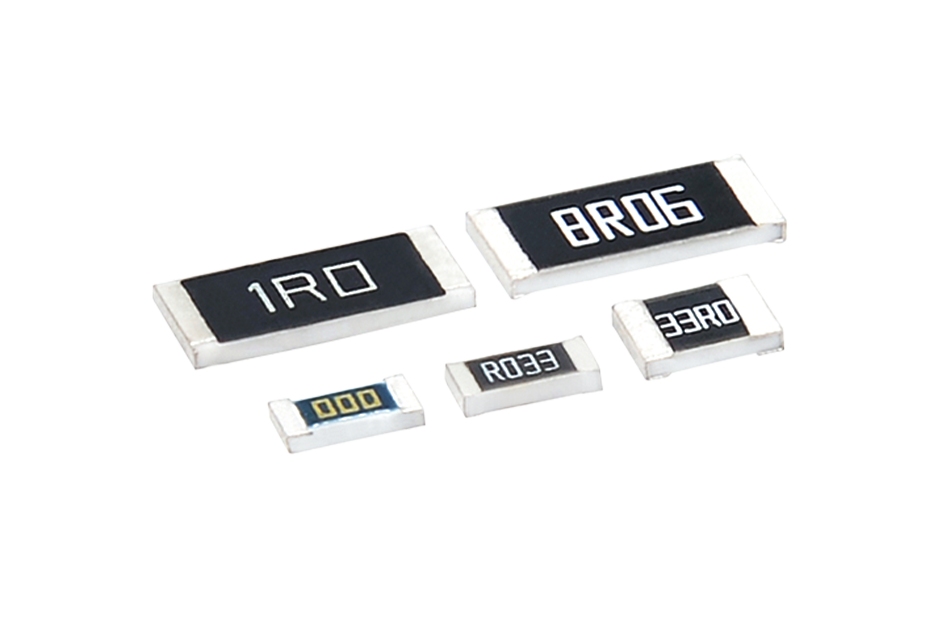 Thin Film Precision Chip Resistor
Thin Film Precision Chip Resistor
-
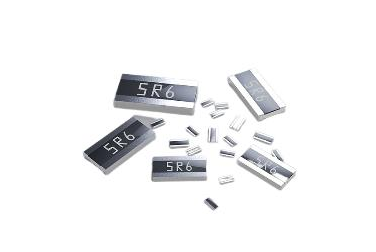 Wide Terminal Thick Film Chip Resistor
Wide Terminal Thick Film Chip Resistor
-
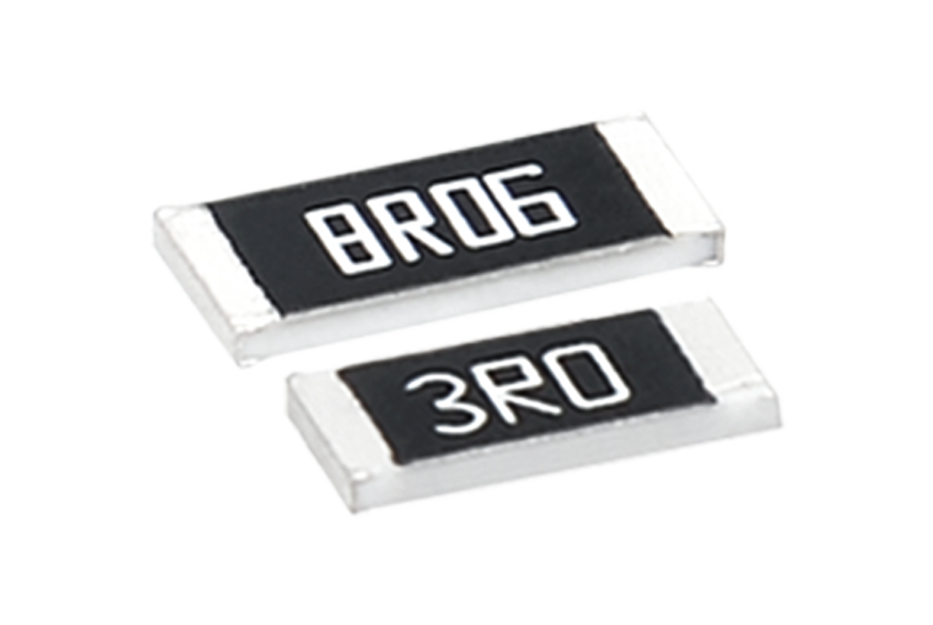 High Power Thick Film Chip Resistor
High Power Thick Film Chip Resistor
-
 High Voltage Think Film Chip Resistor
High Voltage Think Film Chip Resistor
-
 Anti-Surge Thick Film Chip resistor
Anti-Surge Thick Film Chip resistor
-
 Anti-Sulfuration Thick Film Resistor
Anti-Sulfuration Thick Film Resistor
-
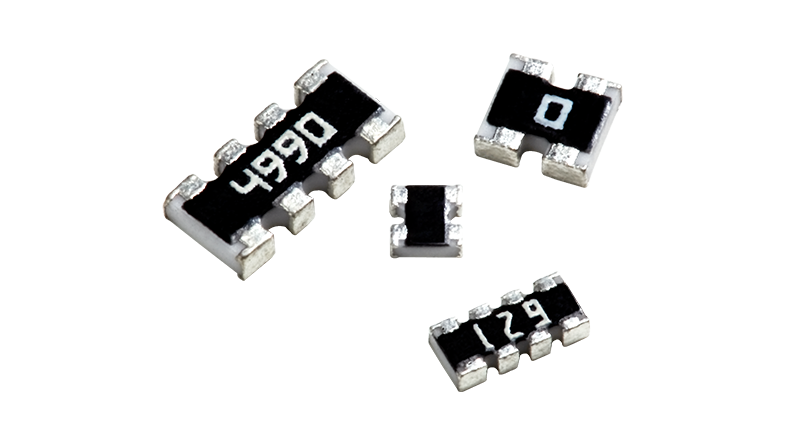 Thick Film Chip Array Resistor
Thick Film Chip Array Resistor
-
 Automotive Resistor
Automotive Resistor
-
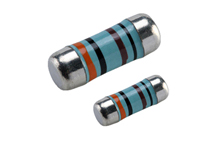 MELF Metal Film Resistor
MELF Metal Film Resistor
-
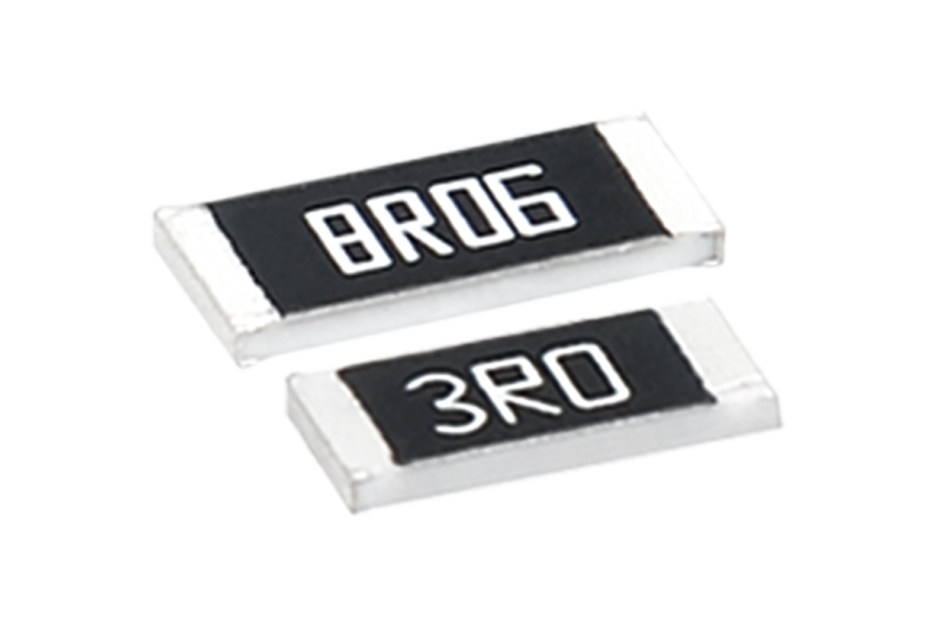 Metal Film Chip Resistor
Metal Film Chip Resistor
-
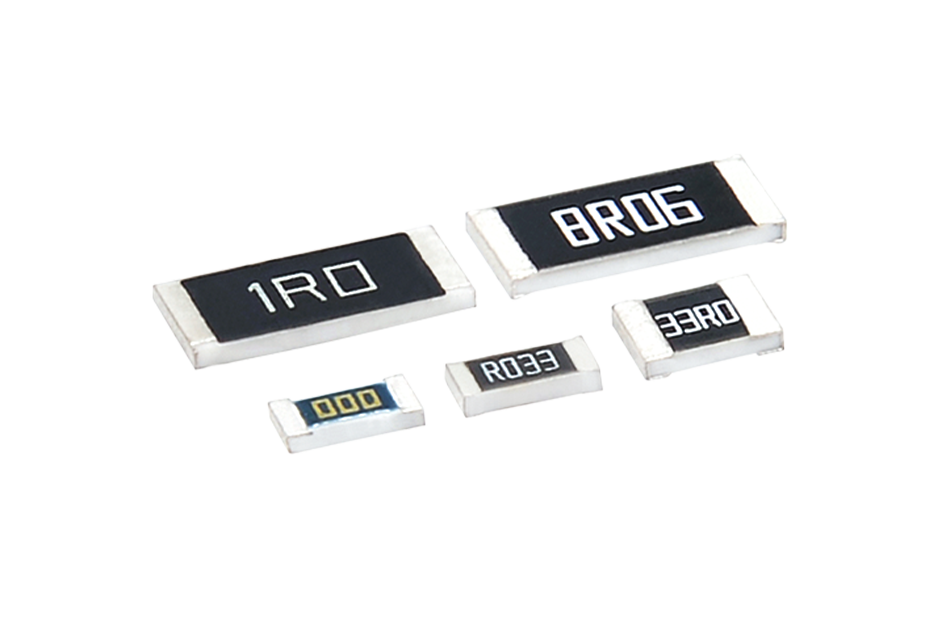 High Power Thin Film Chip Resistor
High Power Thin Film Chip Resistor
-
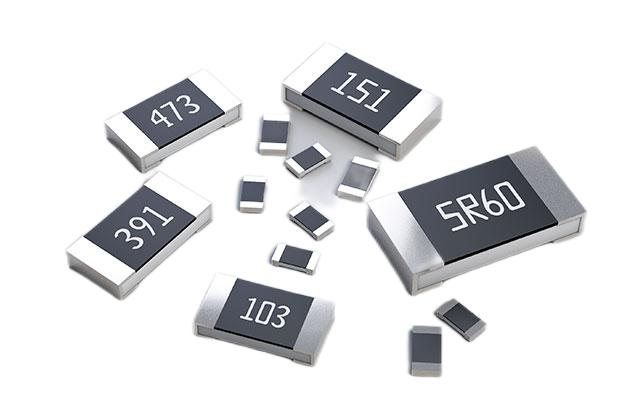 Anti-Surge Metal Film Chip Resistor
Anti-Surge Metal Film Chip Resistor
-
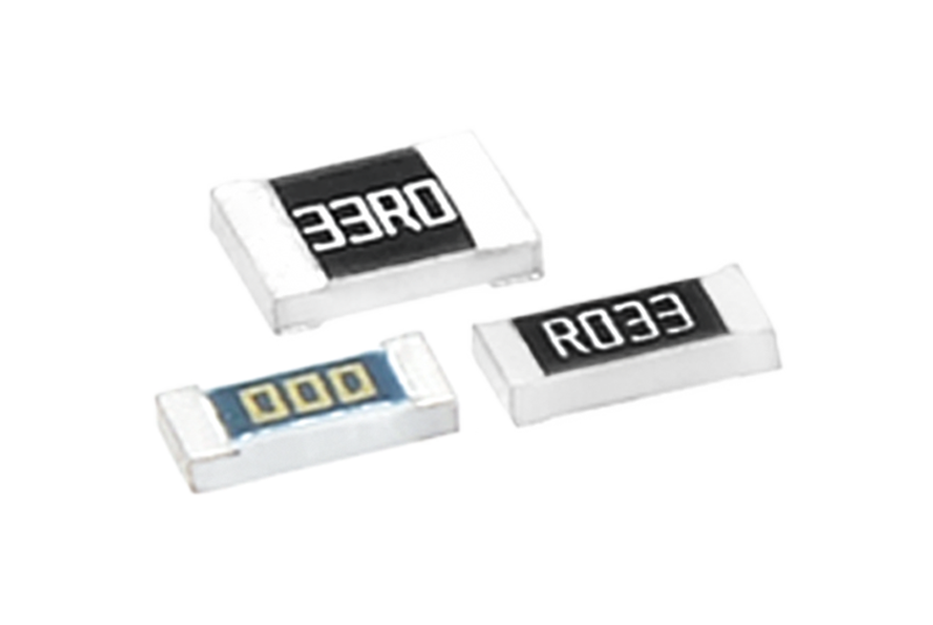 Thin Film Chip Resistor
Thin Film Chip Resistor
-
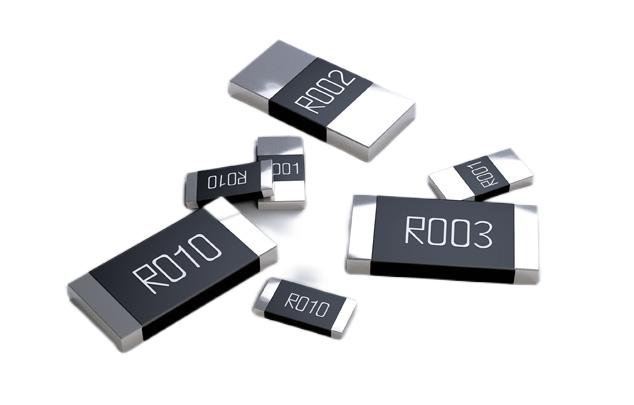 Anti-Sulfur Metal Film Chip Resistor
Anti-Sulfur Metal Film Chip Resistor
-
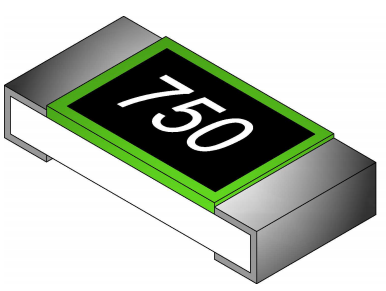 Fusiiblle Chiip Resiisttor
Fusiiblle Chiip Resiisttor
你当前的浏览器版本过低或不支持。请升级或更换浏览器。推荐浏览器 Chrome Edge。


